0 Comments
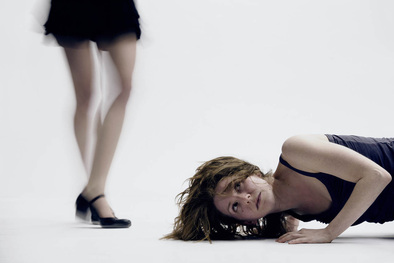 Les Mioles (REMIX), photo by Adrienne Surprenant Les Mioles (REMIX), photo by Adrienne Surprenant I email Nancy who emails Adam who emails me. In between, who knows what happens? I’m not sure if Nancy’s words are her own or if Adam has tampered with them. I might have modified what Adam sent me. Here is an interview where none of us should be held accountable for what we might or might not have said. Date: Wed, 9 Apr 2014 14:32:09 -0400 From: Sylvain Verstricht To: Nancy Gloutnez Hi Nancy, I'm so sorry I dropped the ball on this interview. Sometimes I just feel so overwhelmed with all these things I love but that I do for free, and I don't even have a job! How do you manage doing what you love and making a living? Date: Wed, Apr 9, 2014 at 8:46 PM From: Nancy Gloutnez To: Adam Kinner Salut Adam, Je me demande souvent si la bergère en moi aurait fini par faire une chorale de ses moutons ou juste une grande mozaïque de balles de laine. Toi, qu'aurais-tu fait? Date: Thu, Apr 10, 2014 at 6:29 PM From: Adam Kinner To: Sylvain Verstricht Nancy seems to think that simultaneously doing what she loves and making a living has to do with being a shepherdess of sheep. I am sympathetic to this idea. I often think that the job of the choreographer is to be some kind of shepherd, giving some direction, some discipline, some organization, some structure to the chaotic ideas, bodies, trainings, materials that performers (myself included) bring to the process. How to turn that stuff into money is a whole other problem, but the image of shaving seems apt. The shepherd captures and capitalizes the excess, but not the essence of the animal. For choreographers, I think we (they) are more needy. For Nancy, the question is whether to make a choir of the sheep or to display them as balls of yarn. For me, the question seems to be whether the sheep need to know that they are the dancers, and then further, if the presenters of dance need to know. What do you think? Can the dance of the sheep go unnoticed or does it need to be presented in a black box in order for it to register as the art-work it is? Also, is this how the interview is supposed to go? Date: Thu, 10 Apr 2014 19:48:36 -0400 From: Sylvain Verstricht To: Nancy Gloutnez I've always thought that human beings were excessively androcentric when it came to (well, everything) the parameters of art. It's like these studies that have been coming out that established that, besides humans, only parrots and Asian elephants can dance because they're on the beat about 25% of the time. The ability to pick out a beat seems as arbitrary a way to define what constitutes dance as any. Also, it seems that the more freedom one is given, the more one feels anxiety about what is expected of them (re: Adam's question about how this interview is supposed to go). Yet, that's (what comes before) the starting point of any art project, which – to be fair – can come with its own share of anxiety. Nancy, does it help you that you studied music and that you work with jig? Is the sound of the steps always your starting point? Or do you sometimes begin with visual ideas? Date: Thu, Apr 10, 2014 at 9:53 PM From: Nancy Gloutnez To: Adam Kinner I always start with the idea of an energy I want to portrait. I find that music gives me more freedom to do that than any other form of art. Through formal organization of musical ideas, and having people step dancing them, other images stand out and that's when the fun begins... Jig for me is a medium to grow closer to music. As a step dancer, I find that putting more attention to the sound (in the way a musician would) substantiates jig. In Les Mioles, I like that the body performs with the same simplicity and sobriety as a musician. I like to think it gives space for the audience to hear and hopefully feel jig differently. Also, I love grey zones, ambiguity, searching for the thin line... I have a very hard time finding that with concrete visual elements at the start, for now anyway. I'm far more anxious about making sure I articulate my thoughts properly when it comes to talking about my work to anyone uninvolved in it. Even though I'm well aware of the importance of that part in my role as a choreographer, a part of me strongly resists intellectualization. Adam, what's that like for you? Date: 1:13 PM (1 hour ago) From: Adam Kinner To: Sylvain Verstricht I always start with an idea. I'm also a context junkie. So, I always start with an idea and a context. Sometimes the context is not fully formed and has to be invented. Sometimes the idea is not fully formed and has to be invented. But the work always comes from some conceptual place (the idea) and that conceptual place is always related to the context. So with the remix it’s very clear: the idea is to rework someone else's material and the context is a 10-minute piece that follows the original, to be presented in a dance studio. For me, the work comes out of finding a way of approaching these elements ethically. Yes, ethics. Something about the way that bodies are used, the way that people are organized, the notion of "working" in dance. These are ethical issues more than artistic ones, somehow. So for some reason the work follows the ethics. After that it's just trying to take some kind of pleasure with the material. But I'm with Nancy in that I never start with concrete visual elements. But, differently from Nancy, I like to intellectualize the work, and I feel committed to exploring work both from a kind of aesthetic perspective and from an intellectual one. Sylvain, do you make work? If so, where do you start? I do make work. I write. Often, something internal is preventing me from writing. More and more, the only way for me to start is by writing about why I can’t write. I’d say that’s the thread that goes through all my most recent work. REMIX April 12 at 6pm & April 13 at 4pm Studio 303 www.studio303.ca 514.393.3771 Tickets: 10-20$ My wish for the Montreal dance scene in 2013 is for Marie-Hélène Falcon to quit her job as artistic director of the Festival TransAmériques. I’m hoping she’ll become the director of a theatre so that the most memorable shows will be spread more evenly throughout the year instead of being all bunched up together in a few weeks at the end of spring. With that being said, here are the ten works that still resonated with me as 2012 came to an end. 1. Cesena, Anne Teresa De Keersmaeker + Björn Schmelzer (Festival TransAmériques)
I’ve been thinking about utopias a lot this year. I’ve come to the conclusion that – since one man’s utopia is another’s dystopia – they can only be small in nature: one person or, if one is lucky, maybe two. With Cesena, Belgian choreographer Anne Teresa De Keersmaeker showed me that it could be done with as many as nineteen people, if only for two hours, if only in a space as big as a stage. Dancers and singers all danced and sang, independently of their presupposed roles, and sacrificed the ego’s strive for perfection for something better: the beauty of being in all its humanly imperfect manifestations. They supported each other (even more spiritually than physically) when they needed to and allowed each other the space to be individuals when a soul needed to speak itself. 2. Sideways Rain, Guilherme Botelho (Festival TransAmériques) I often speak of full commitment to one’s artistic ambitions as extrapolated from a clear and precise concept carried out to its own end. Nowhere was this more visible this year than in Botelho’s Sideways Rain, a show for which fourteen dancers (most) always moved from stage left to stage right in a never-ending loop of forward motion. More than a mere exercise, the choreography veered into the metaphorical, highlighting both the perpetual motion and ephemeral nature of human life, without forgetting the trace it inevitably leaves behind, even in that which is most inanimate. More importantly, it left an unusual trace in the body of the audience too, making it hard to even walk after the show. 3. (M)IMOSA: Twenty Looks or Paris Is Burning at the Judson Church (M), Cecilia Bengolea + François Chaignaud + Trajal Harrell + Marlene Monteiro Freitas (Festival TransAmériques) By mixing post-modern dance with queer performance, the four choreographer-dancers of (M)IMOSA offered a show that refreshingly flipped the bird to the usual conventions of the theatre. Instead of demanding silence and attention, they left all the house lights on and would even walk in the aisles during the show, looking for their accessories between or underneath audience members. Swaying between all-eyes-on-me performance and dancing without even really trying, as if they were alone in their bedroom, they showed that sometimes the best way to dramatize the space is by rejecting the sanctity of theatre altogether. 4. Goodbye, Mélanie Demers (Festival TransAmériques) Every time I think about Demers’s Goodbye (and it’s quite often), it’s always in conjunction with David Lynch’s Inland Empire. The two have a different feel, for sure, but they also do something quite similar. In Inland Empire, at times, an actor will perform an emotional scene, and Lynch will then reveal a camera filming them, as if to say, “It’s just a movie.” Similarly, in Goodbye, dancer Jacques Poulin-Denis can very well say, “This is not the show,” it still doesn’t prevent the audience from experiencing affect. Both works show the triviality of the concept of suspension of disbelief, that art does not affect us in spite of its artificiality, but because of it. 5. The Parcel Project, Jody Hegel + Jana Jevtovic (Usine C) One of the most satisfying days of dance I’ve had all year came as a bit of a surprise. Five young choreographers presented the result of their work after but a few weeks of residencies at Usine C. I caught three of the four works, all more invigorating than some of the excessively polished shows that some choreographers spend years on. It showed how much Montreal needs a venue for choreographers to experiment rather than just offer them a window once their work has been anesthetically packaged. The most memorable for me remains Hegel & Jevtovic’s The Parcel Project, which began with a surprisingly dynamic and humorous 20-minute lecture. The second half was an improvised dance performance, set to an arbitrarily selected pop record, which ended when the album was over, 34 minutes later. It was as if John Cage had decided to do dance instead of music. Despite its explanatory opening lecture, The Parcel Project was as hermetic as it was fascinating. 6. Spin, Rebecca Halls (Tangente) Halls took her hoop dancing to such a degree that she exceeded the obsession of the whirling dervish that was included in the same program as her, and carried it out to its inevitable end: exhaustion. 7. Untitled Conscious Project, Andrew Tay (Usine C) Also part of the residencies at Usine C, Tay produced some of his most mature work to date, without ever sacrificing his playfulness. 8. 1001/train/flower/night, Sarah Chase (Agora de la danse) Always, forever, Sarah Chase, the most charming choreographer in Canada, finding the most unlikely links between performers. She manages to make her “I have to take three boats to get to the island where I live in BC” and her “my dance studio is the beach in front of my house” spirit emerge even in the middle of the city. 9. Dark Sea, Dorian Nuskind-Oder + Simon Grenier-Poirier (Wants & Needs Danse/Studio 303) Choreographer Nuskind-Oder and her partner-in-crime Grenier-Poirier always manage to create everyday magic with simple means, orchestrating works that are as lovely as they are visually arresting. 10. Hora, Ohad Naharin (Danse Danse) A modern décor. The legs of classical ballet and the upper body of post-modern dance, synthesized by the athletic bodies of the performers of Batsheva. These clear constraints were able to give a coherent shape to Hora, one of Naharin’s most abstract works to date. Scrooge Moment of the Year Kiss & Cry, Michèle Anne De Mey + Jaco Van Dormael (Usine C) Speaking of excessively polished shows… La Presse, CIBL, Nightlife, Le Devoir, and everyone else seemingly loved Kiss & Cry. Everyone except me. To me, it felt like a block of butter dipped in sugar, deep fried, and served with an excessive dose of table syrup; not so much sweet as nauseating. It proved that there’s no point in having great means if you have nothing great to say. Cinema quickly ruined itself as an art form; now it apparently set out to ruin dance too. And I’m telling you this so that, if Kiss & Cry left you feeling dead on the inside, you’ll know you’re not alone. 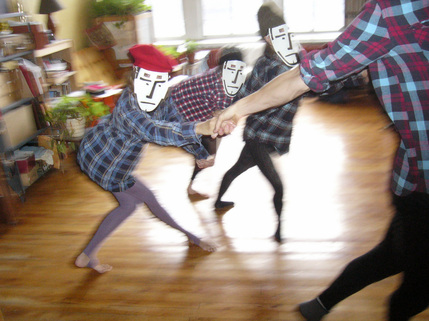 The Choreographers in Oh! Canada, photo by Mike Feuerstack The Choreographers in Oh! Canada, photo by Mike Feuerstack You can’t earnestly name a show Oh! Canada. Luckily, it’s the latest creation by The Choreographers (Audrée Juteau, Thea Patterson, Peter Trosztmer, Katie Ward) and, between the four of them, they share a great sense of humour. As one might guess, Oh! Canada is a mish-mash of Canadiana and, while the artists should be taken seriously, they prove that nationalism shouldn’t be. From the beginning, they set the tone as they all wear cardboard masks of a blank man’s face made from fat straight black lines. It’s hard to take them seriously, though the square holes that allow them to see make the cardboard look like the goalie mask that Jason wears in Friday the 13th. Creepy. On the other hand, if you stack them up on top of one another, they turn the dancers into a totem. More appropriate for the theme at hand. Trosztmer provides a history of Canada in a few minutes, really a string of Canadian clichés that highlights how inevitably ridiculous any attempt to offer a basis for a cohesive national identity is bond to be. It also includes a Terry Fox joke, a funny one at that, and any show that manages that feat deserves some kind of recognition. On the dance side, the highlight is the Trosztmer-Juteau duo that capitalizes on the former’s strength and the latter’s small size. Juteau moves around Trosztmer like an orbit around a planet. This is not to say that she lets herself be dominated; she’s feisty and can definitely put up a fight. “If you touch my hat, I’ll kill you,” she tells Trosztmer, before running after him around the stage in an effort to hit him with it. More à propos is Juteau’s short but repetitive speech about Louis Riel, the humour of which hinges on her thick French Québécois accent. “Louis Riel is a murder,” she says. Does she mean “murderer”? “Not a murder… A martyr!” The difference between the two words is less obvious than one might think. For their part, Patterson and especially Ward capitalize on their deadpan. With so many creators, it’s not surprising that the show ends with the difficulty of making a decision as a group. Especially when suggestions range between singing a song, planting a garden, or starting a bank. And maybe that’s the point. If four people can’t agree on one thing, how can we expect 34 million Canadians to form but a single national identity? As is often the case for dance shows that use text, the relationship between the movement (here quite earnest) and the words (tongue-in-cheek) remains obscure. Inevitably, the text appears as an attempt to popularize dance by adding a more readily “understandable” element, and this even though it doesn’t explain the dance itself. Still, The Choreographers have put together a certain crowd-pleaser. Follow The Choreographers at www.thechoreographers.ca as I hear they will perform Oh! Canada again in September. |
Sylvain Verstricht
has an MA in Film Studies and works in contemporary dance. His fiction has appeared in Headlight Anthology, Cactus Heart, and Birkensnake. s.verstricht [at] gmail [dot] com Categories
All
|
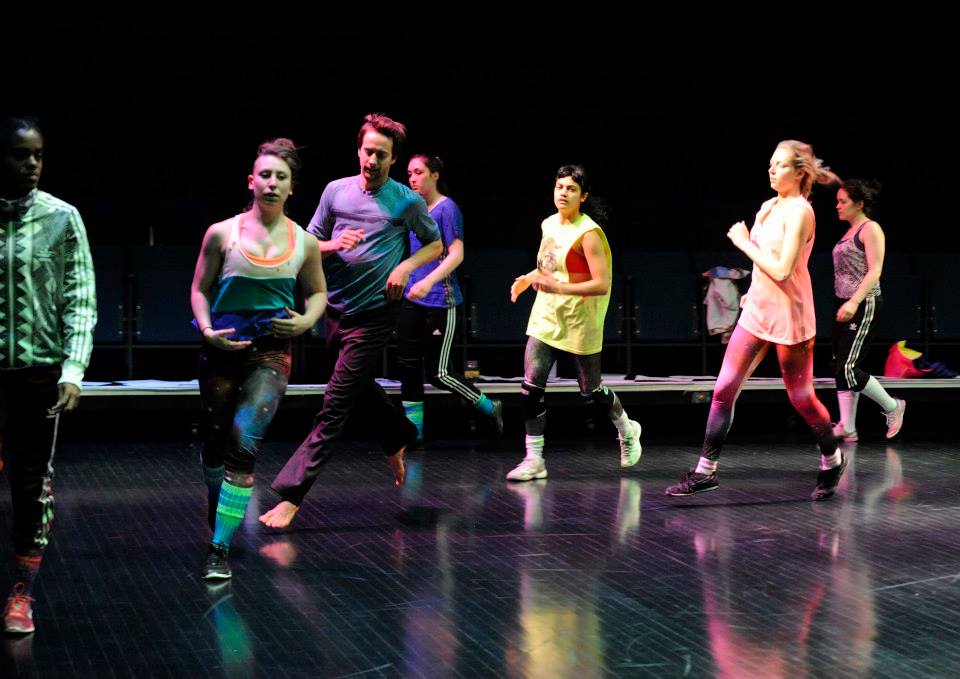
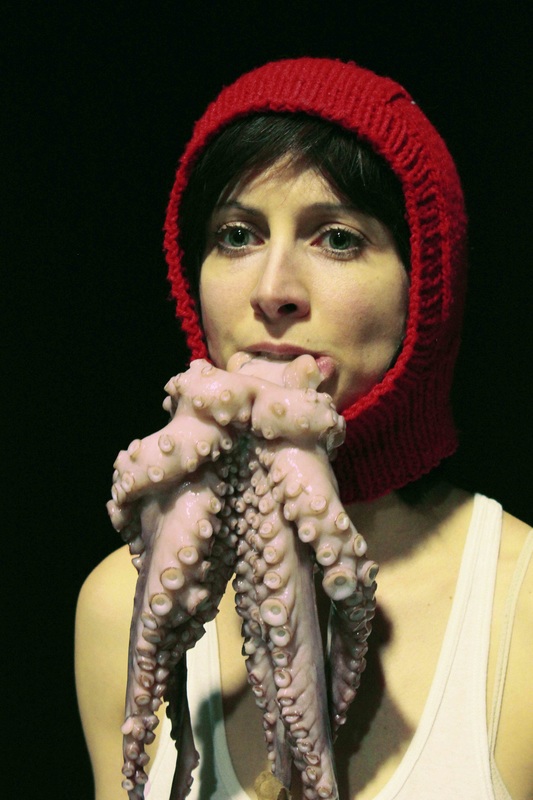
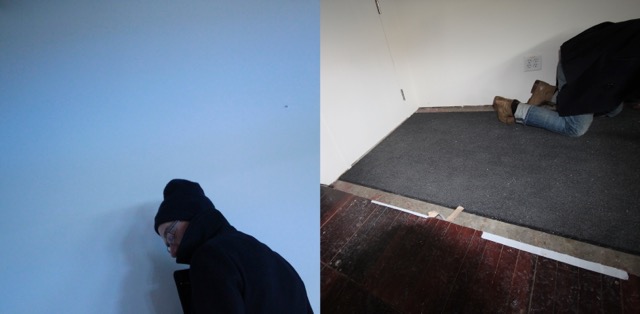
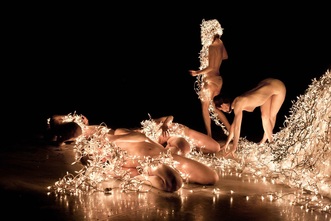
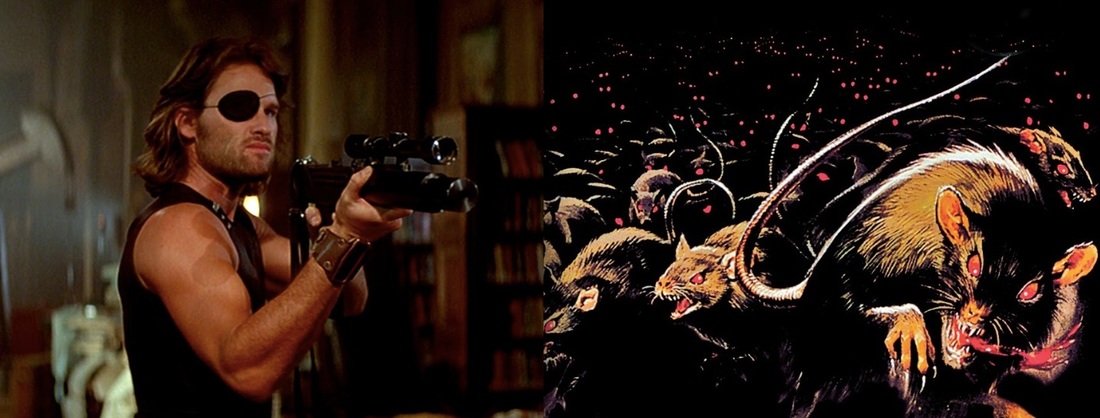
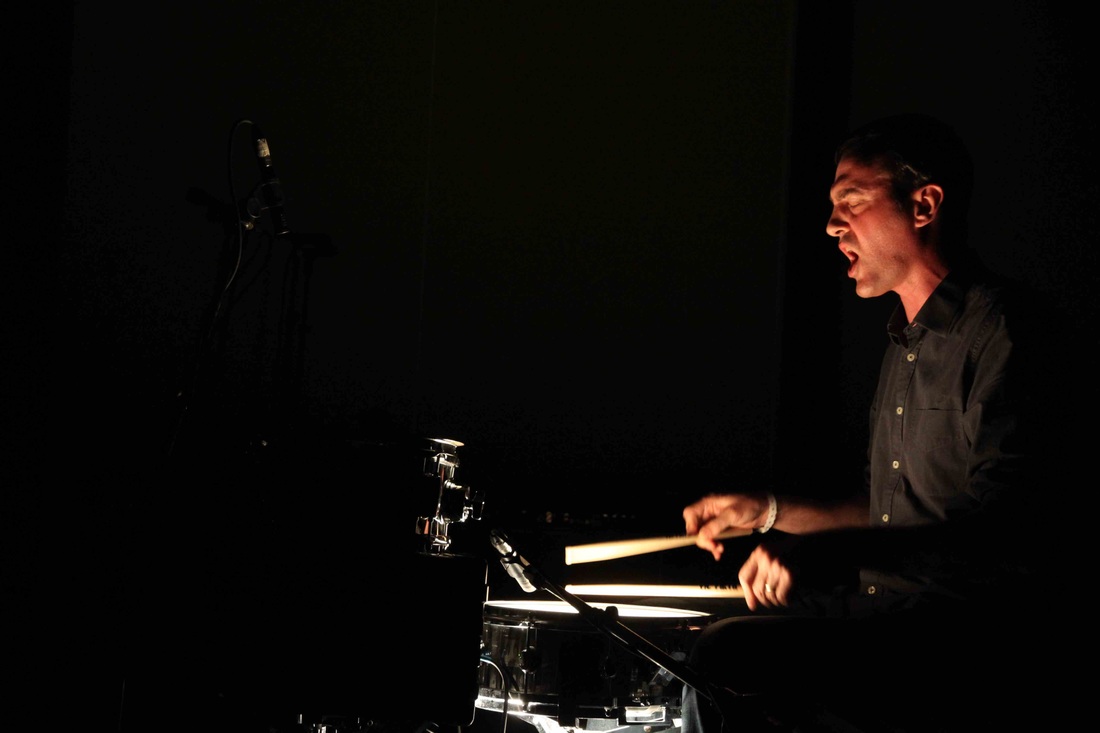

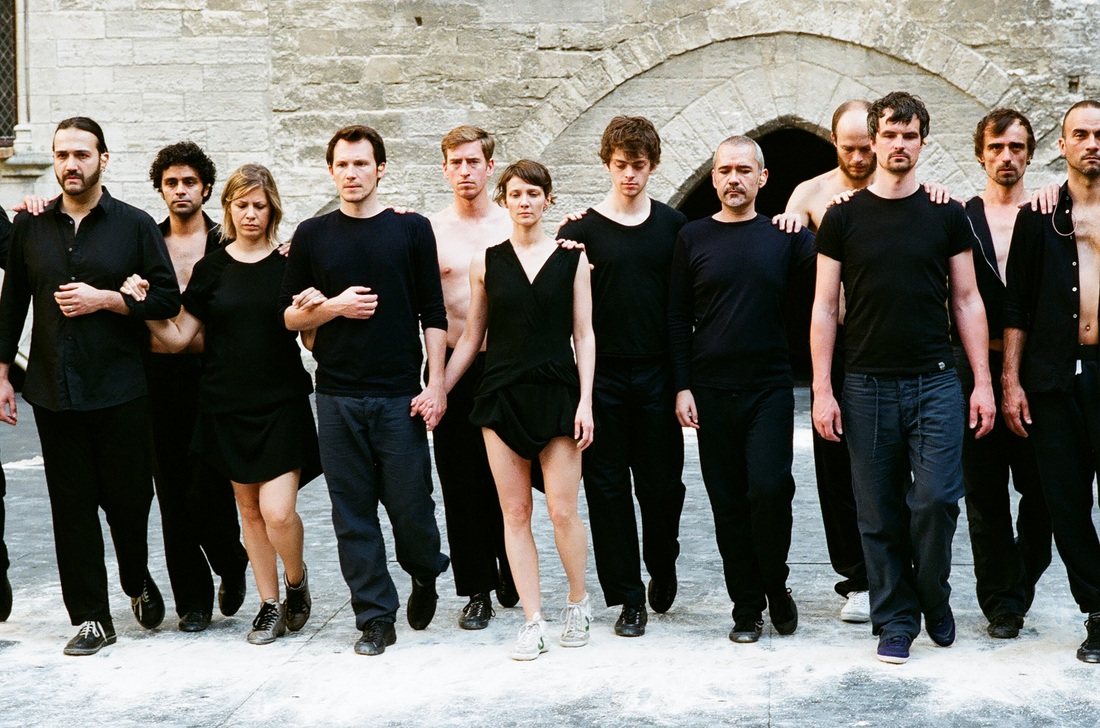
 RSS Feed
RSS Feed